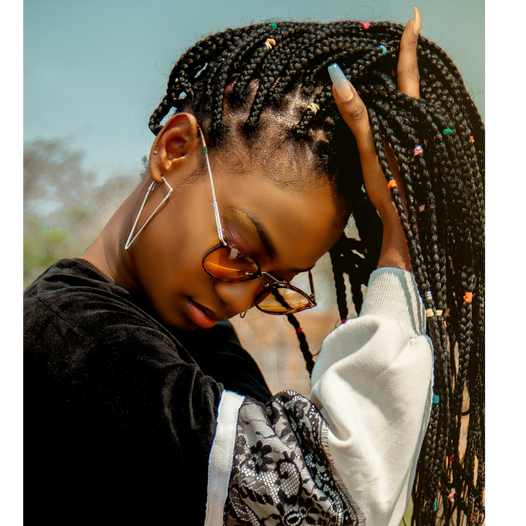
Hair Loss, Thinning, and Alopecia Solutions: The Real Game-Changers
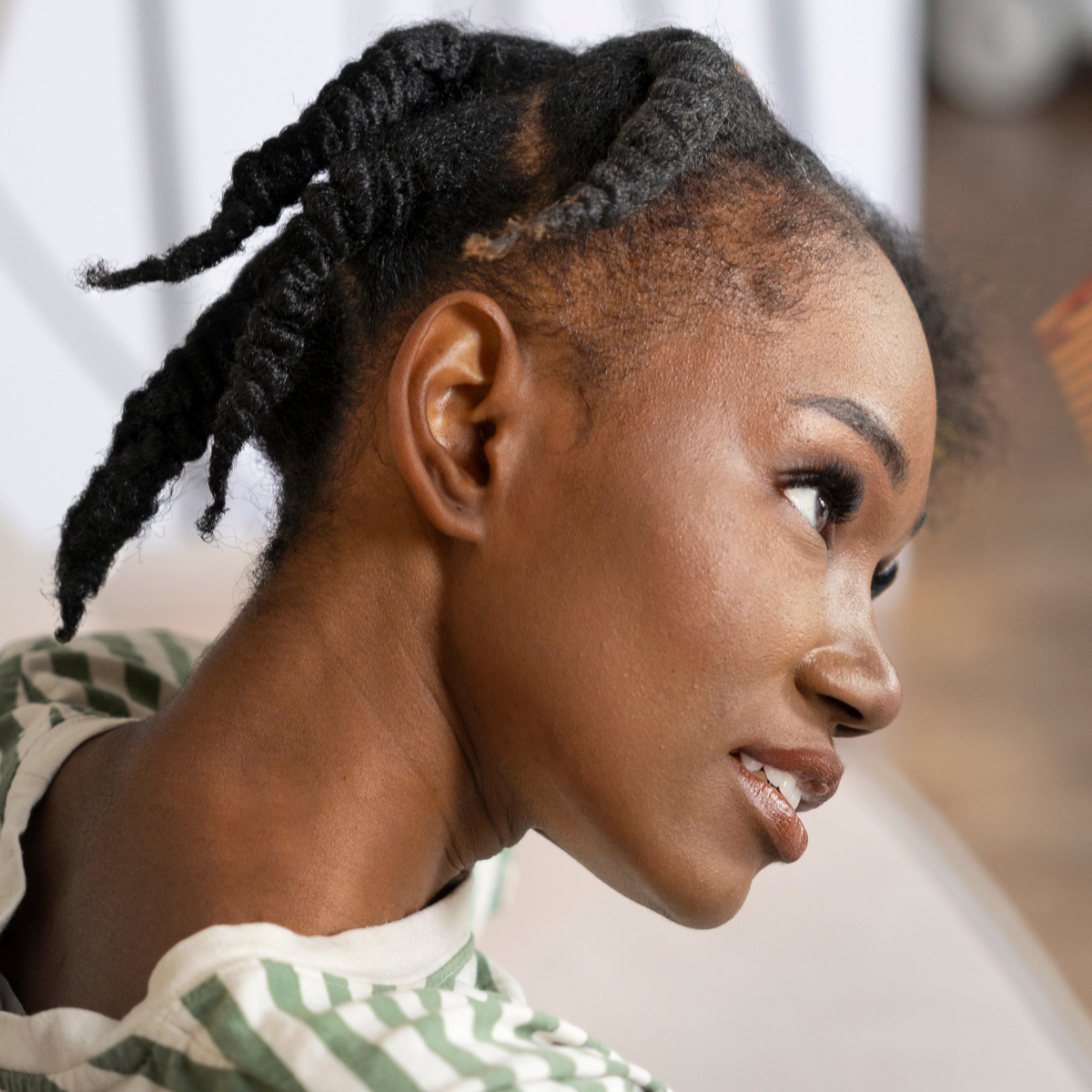
Hair loss and thinning can be frustrating, especially when it feels like nothing is working. The truth? Products alone won’t save your hair—your internal health, how you use products, and the right treatment approach make all the difference. Think of hair care like baking: everyone can have the same ingredients, but the outcome depends on how you mix, apply, and manage the process.
So, if you’re dealing with hair loss, thinning, or alopecia, let’s break down what actually works, what’s worth considering, and what to avoid.
Understanding Hair Loss: More Than Just Products
Before diving into treatments, it's important to recognize that hair loss isn’t just about what’s happening on your scalp. Factors like diet, stress, hormones, and lifestyle all contribute to hair health.
- Internal Health Matters More Than Products – Nutrient deficiencies, high stress levels, and imbalanced hormones can lead to hair thinning and shedding.
- Scalp Health is Key – A healthy scalp creates the perfect environment for hair to thrive. Build-up, poor circulation, and clogged follicles can slow growth.
- How You Use Products Matters – Just because a product contains great ingredients doesn’t mean it will work for you. Application technique, consistency, and scalp condition all play a role.
Entry-Level Hair Loss Solutions: Where to Start
If you’re noticing early signs of hair loss or thinning, here’s where to begin:
1. Hair Foundation Fibres
If you’re dealing with thinning but not extreme hair loss, hair fibres (like Toppik or Nanogen) can be a quick fix. These tiny fibres cling to existing hair, making it look fuller instantly. It’s a cosmetic solution, not a treatment, but it can boost confidence while working on long-term solutions.
2. Minoxidil (Regain/Rogaine) – The Entry-Level Treatment
Minoxidil is one of the most well-known topical treatments for hair loss, available in different strengths:
-
2.5% Strength – A starting point, but results may take longer.
-
5% Strength – More effective for most people, especially those dealing with pattern hair loss. This is the go-to choice for stronger results.
How it works: Minoxidil increases blood flow to the scalp, encouraging hair regrowth. It requires consistent use—once you stop, hair may start shedding again.
Downsides: Some people experience shedding in the first few weeks, and results vary. Patience is key!
Advanced Solutions: When You Need Stronger Intervention
3. Prescription Strength Minoxidil (12%)
If 5% isn’t cutting it, a dermatologist or pharmacist can prescribe higher concentrations (e.g., 12%). This is useful for people experiencing significant hair loss.
Side Effect Warning: Higher strengths can sometimes cause excessive facial hair growth in women if not applied carefully.
4. PRP Injection Therapy (Platelet-Rich Plasma)
This treatment involves taking your own blood, processing it to concentrate the platelets, and injecting it into your scalp to stimulate hair growth.
Would Not Recommend – While some people see results, it’s expensive, inconsistent, and not always worth the discomfort.
Derma Rolling & Stamping: Proceed with Caution
Microneedling with derma rollers or stamping tools can help stimulate hair growth by increasing blood circulation and creating tiny channels for hair growth serums.
DO NOT DIY! Doing this at home can lead to scarring, infections, or keloid formation, especially for those with afro-textured hair. Many people damage their scalp and then apply oils or products that irritate the skin further.
Solution? If you want to try microneedling, go to a trained professional who understands textured hair and scalp sensitivity.
Laser Therapy: The Future of Hair Growth?
Laser therapy (low-level laser therapy, or LLLT) can help slow hair loss and encourage regrowth by improving blood flow to the scalp.
The Theradome Helmet – A popular at-home laser treatment device. It’s an investment, but if used consistently, some people see results.
Best for those experiencing early-stage hair loss. Works best when combined with other treatments like Minoxidil.
Do Topical Treatments Work?
Many hair loss products promise the world, but not all deliver. Oils, serums, and shampoos alone won’t reverse hair loss, but they can support a healthy scalp environment.
✅ What Helps:
-
Scalp Massages with rosemary oil, peppermint oil, or black seed oil to stimulate circulation.
-
Caffeine-based shampoos to energize hair follicles.
-
DHT-blocking ingredients like saw palmetto or pumpkin seed oil for those experiencing hormonal hair loss.
🚫 What Won’t Work on Its Own:
-
Random "hair growth oils" without a proper routine.
-
Overloading the scalp with heavy products, leading to build-up.
-
Expecting instant results—hair growth takes time!
Final Thoughts: Take a Holistic Approach
If you’re serious about restoring your hair, focus on a combination approach:
- Improve Internal Health – Eat a balanced diet rich in iron, biotin, and omega-3s. Stay hydrated and manage stress.
- Use Minoxidil (5% or higher if needed) – Consistently apply it for best results.
- Consider Professional Treatments – If necessary, seek help from a dermatologist for laser therapy, PRP, or microneedling.
- Scalp Care Matters – Keep your scalp clean, stimulated, and free from product build-up.
- Be Patient & Consistent – Hair growth is a slow process, but with the right approach, progress is possible!
Your hair journey is unique—find what works for you and stick with it.


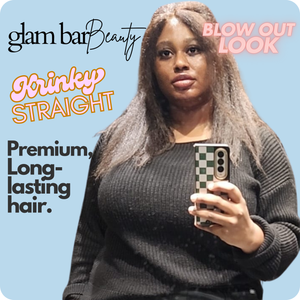
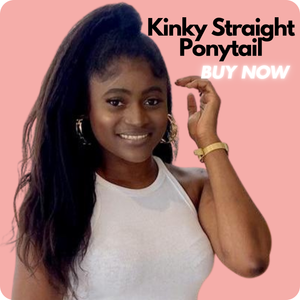
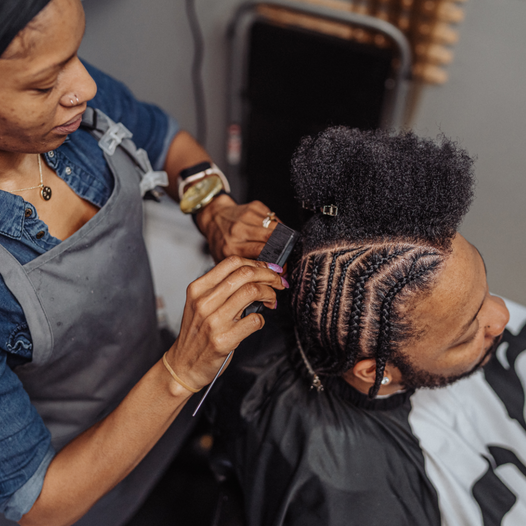
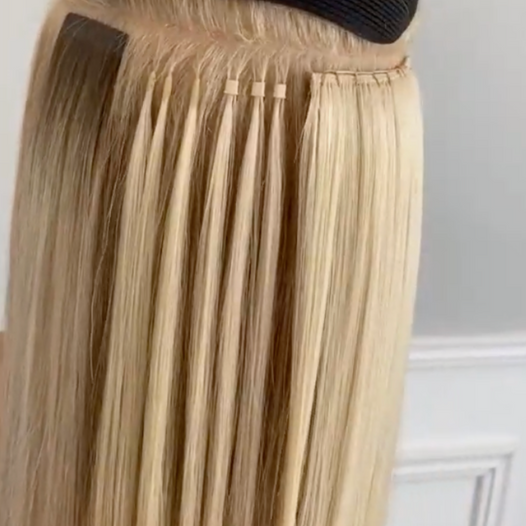
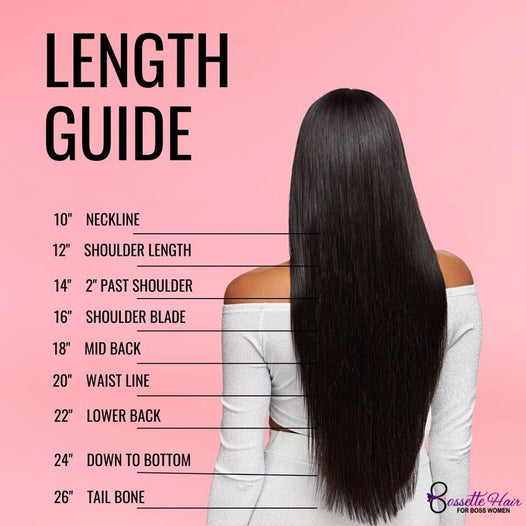
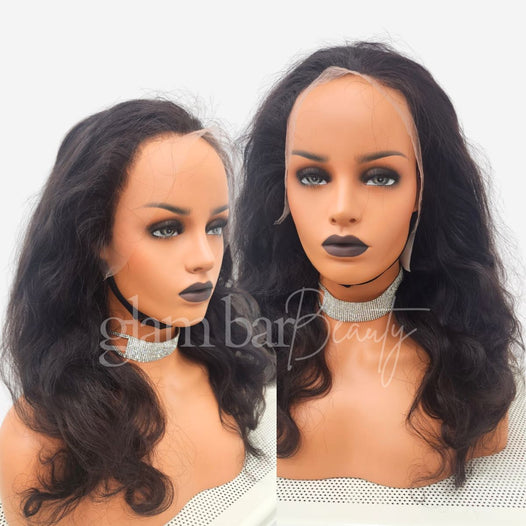
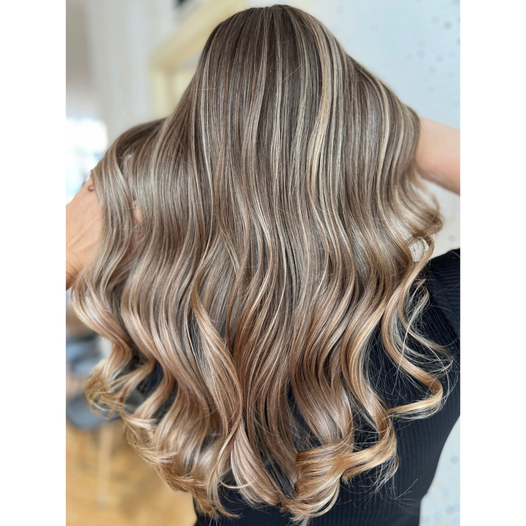
Leave a comment